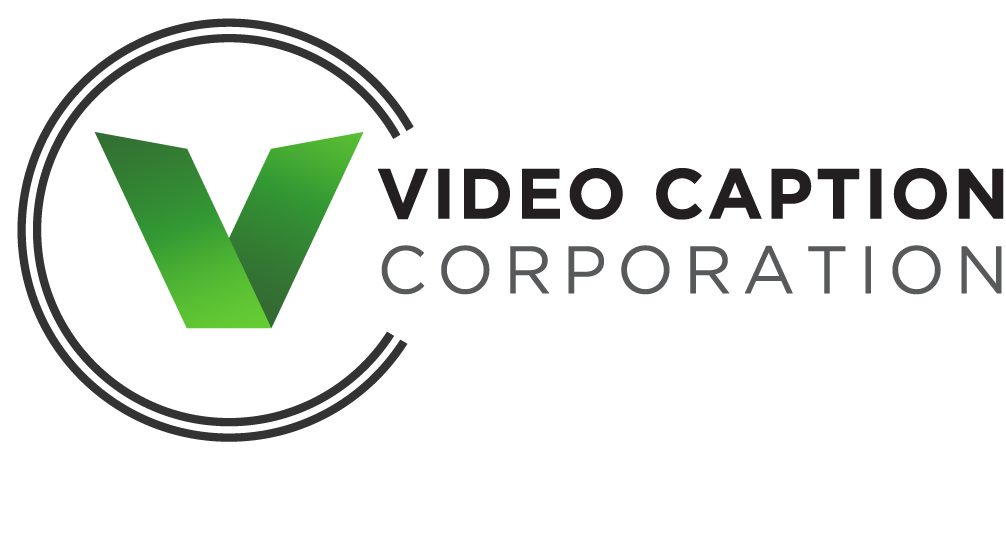In its simplest definition, assistive technologies are those that assist people with disabilities. Any form of communication, electronic device, or technological tool that assists or helps the blind, deaf, vision- or hearing-impaired, or those with limited mobility falls under the category of assistive technologies. Assistive technologies are also used to help those who are unable to speak to express themselves. Assistive technologies vary in complexity depending on the disability; one person may need to view a movie with closed captioning, while someone who is completely immobilized might need technology to communicate by blinking their eyes. Even those with very limited abilities may benefit from comprehensive assistive technologies. Ever since the beginning of humanity, people have created or devised aids to assist the injured, but it wasn’t until the Industrial Revolution that assistive technology began to take form. By the 1900s, devices were in use to help those with disabilities. With the advent of the Internet and the invention of various electronic devices, assistive technologies have advanced dramatically.
Closed Captioning
Closed captioning is the primary assistive technology used by those who are deaf and hearing-impaired to watch television programs and movies. Consisting of transcribed text that runs along the bottom portion of the screen, closed captioning includes dialogue and an explanation of sound effects and settings and helps ensure that viewers may follow along with programming. Demands have been made for greater accuracy with closed captioning, and the Federal Communications Commission (FCC), which issues closed captioning rules and regulations, has recently responded. Closed captioning differs from subtitles in that it contains more information pertaining to the content, such as sound effects and speaker identification.
Other Assistive Hearing Technologies
Assistive technologies for those who are deaf or hearing-impaired are extremely important tools for a successful life. Whether they are for a child who has been diagnosed with hearing impairment or a senior diagnosed with hearing loss, assistive hearing devices are critical for a successful life. Hearing is a vital component of effective communication, and it is crucial for healthy development. Assistive technology for the hearing-impaired includes closed captioning, hearing aids, sound amplifiers, electronic apps, and text telephones.
- What Are Hearing Aids?
- Hearing Assistive Technology
- What Are Text Telephone Devices (TTY or TDD)?
Visual Aids
Visual aids are used by those who are blind, have low vision, or have other visual impairments. These may include large-print books, audiobooks, talking watches, talking calculators, and specially designed medical gadgets. Devices and software have evolved over the years, offering those who are blind or have low vision greater access to tools. Whether at home, school, or in the workplace, assistive visual aids help enhance a person’s quality of living by allowing them to participate in many daily activities.
- What Is Visual Impairment, and What Aids May Be Used?
- Visual Programming and the Blind: The Challenge and the Opportunity
- Aids for the Blind and Visually-Impaired
- Principles of Assistive Technology for Students with Visual Impairments
- World Braille Standards
Mobility Aids
Prosthetics, scooters, walkers, wheelchairs, aids for reaching and retrieving, and grab bars are important mobility aids. Whether someone is unable to walk or suffering from limited mobility, assistive aids help ensure that a person may complete their daily tasks in a safe manner. It is important that people can move about their homes, schools, workplaces, or communities safely and efficiently. Mobility aids help ensure that a person maintains their independence.
- Working Together: Computers and People with Mobility Impairments
- Mobility Aids for Independent Living
- Gait Training with Ambulation Aids
- Wheelchair Safety and Maintenance Guidelines and Checklist
- Fire Safety for Wheelchair Users at Work and at Home
Augmentative/Alternative Communication
Augmentative and alternative communication systems include those used by people who are unable to speak or communicate in traditional manners. In its earliest forms, augmentative communication included typewriters, writing messages, or using picture boards. Today, augmentative communication includes computer technology, direct selection systems, and voice output communication aids. Augmentative and alternative communication makes it possible for those with limited abilities to converse with others.
- Augmentative and Alternative Communication Systems
- Augmentative Communication Devices in the Classroom and Community
- Augmentative and Alternative Communication Overview
- Augmentative and Alternative Communication
- Introduction to Augmentative Communication
Aids to Daily Living
Those living with a disability often encounter challenges with their daily activities. Aids to daily living help ensure that those who need assistance with common tasks can obtain it easily. Aids are available to help with dressing, laundering clothes, preparing and eating food, drinking, using the restroom, and bathing. Assistive technology helps improve the function and quality of a person’s life.
- Electronic Aids to Daily Living
- Assistive Technology and Daily Living Aids
- Independent Living Aids/Adaptive Equipment
- Aids for Daily Living
- Assistive Technology Devices and Daily Living Aids
To learn more about closed captioning, subtitling and audio description, visit our services pages:


